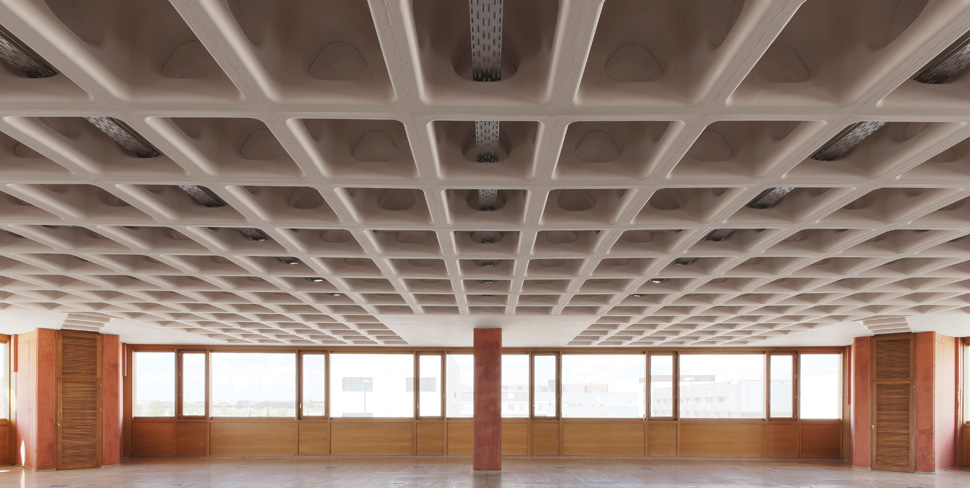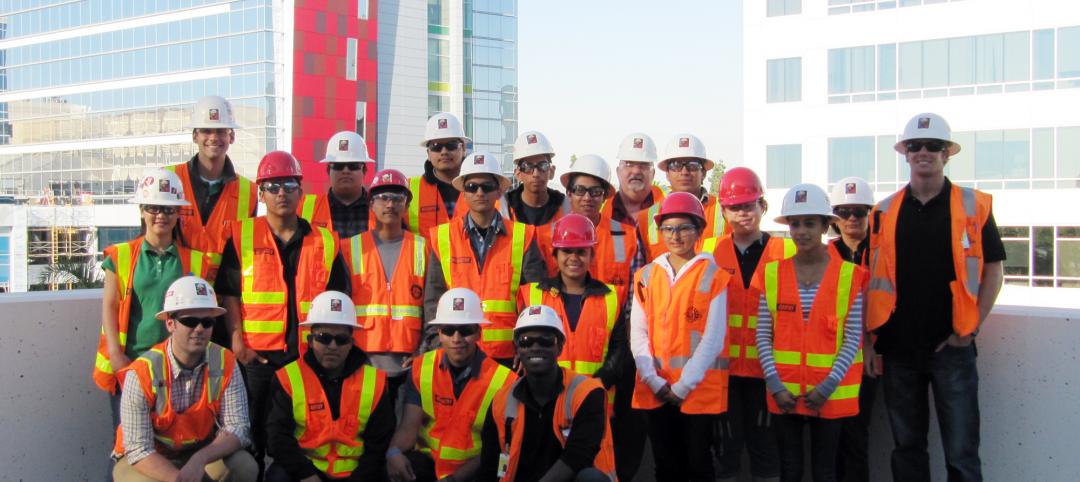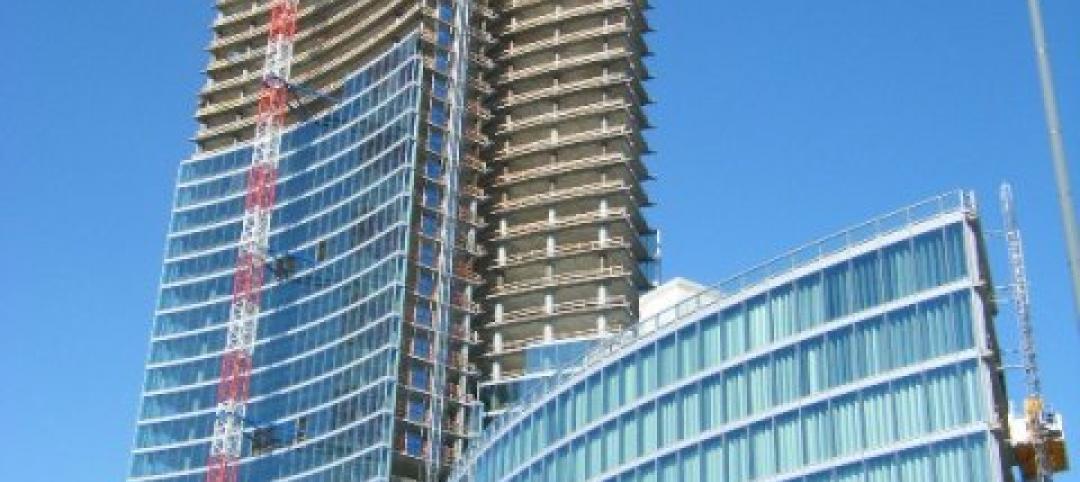The Council on Tall Buildings and Urban Habitat named the winners and finalists of its annual Performance and Innovation Awards
Based on judgment by a prestigious panel of experts, Chiefly Tower in Sydney, Australia snagged this year’s Performance Award, while the Innovation Award went to Spanish manufacturer Holedeck.
Take a look at a more in-depth profile of the winning innovations, as well as a list of the finalists:
Performance Winner
Chiefly Tower, Sydney, Australia
Kohn Pedersen Fox Associates (Architects)
WSP Flack + Kurtz (SE)

The 801-foot tower in downtown Sydney was originally completed in 1992, with 1980s technology. An overhaul was commenced in 2008, where the tower’s key building systems and services were updated to achieve a 4.5 star NABERS Energy Rating.
The CTBUH reports that the project realized a savings of 55 percent in electricity consumption, and reduced its greenhouse gas emissions by 55 percent as well.
Because of all these changes, it was given the Performance Award, which recognizes buildings “that have the least environment impact on the urban realm using measured data,” the CTBUH says, adding that “it is increasingly being recognized that the industry needs to focus on actual ‘performance’ rather than ‘best intentions.’”
“The Technical Awards Jury applauded the efforts to update the energy efficiency of this aging building, both to keep the building competitive with newer structures, as well as addressing critical issues surrounding climate change,” CTBUH says in a statement.
“In a sense, the project gave a ‘new and better life’ to an old asset that was growing less competitive in the market place,” added Ashok Raiji, CTBUH Technical Awards juror and Principal and Mechanical Engineer at Arup.
Innovation Award
HOLEDECK
 Photo courtesy Holedeck via Vimeo
Photo courtesy Holedeck via Vimeo
The system of voided concrete slabs by the eponymous Spanish manufacturer can be pierced through their thickness by electrical and plumbing systems, which drastically reduces the vertical space needed to house these components.
Reducing the necessary height of each floor also means fewer materials are required to achieve the same floor area as a typical high rise building.
As a result, the system was recognized with the Innovation Award, which focuses on “one special area of innovation within the design construction, or operation of the project, not the building overall,” CTBUH says in a statement.
“Holedeck is a simple and elegant way of creating coffer slabs, with holes in the webs. It overcomes one of the main obstacles to the use of coffer slabs, which is that all services usually have to run below the slab rather than in it. It appears to be particularly suitable for light weight long-span floors or where architects and engineers are interested in making better use of the thermal mass of a concrete coffer slab,” noted Technical Awards Jury Chair and Director, Engineering Excellence Group of Laing O’Rourke David Scott. “The jury felt that some of the best innovations come from simple ideas and HOLEDECK could re-energize this form of construction.”
Finalists
Other projects and products that made it to the final round of judging were:
• Façade Access Equipment by Lee Herzog Façade Access Constulting for its work on the Burj Khalifa
Related Stories
| May 24, 2012
2012 Reconstruction Awards Entry Form
Download a PDF of the Entry Form at the bottom of this page.
| May 15, 2012
One World Trade Center goes to new height of sustainability
One of the biggest challenges in developing this concrete mixture was meeting the Port Authority of New York/New Jersey’s strict requirement for the replacement of cement.
| May 14, 2012
SOM to break ground on supertall structure in China
The 1,740-feet (530-meter) tall tower will house offices, 300 service apartments and a 350-room, 5-star hotel beneath an arched top.
| May 14, 2012
Adrian Smith + Gordon Gill Architecture design Seoul’s Dancing Dragons
Supertall two-tower complex located in Seoul’s Yongsan International Business District.
| May 1, 2012
Time-lapse video: World Trade Center, New York
One World Trade Center, being built at the site of the fallen twin towers, surpassed the Empire State Building on Monday as the tallest building in New York.
| Apr 27, 2012
China Mobile selects Leo A Daly to design three buildings at its new HQ
LEO A DALY, in collaboration with Local Design Institute WDCE, wins competition to design Phase 2, Plot B, of Campus.
| Apr 25, 2012
McCarthy introduces high school students to a career in construction
High school students from the ACE Mentoring Program tour the new CHOC Children’s Patient Tower in Orange, Calif.
| Apr 25, 2012
J.C. Anderson selected for 50,000-sf build out at Chicago’s DePaul University
The build-out will consist of the construction of new offices, meeting rooms, video rooms and a state-of-the-art multi-tiered Trading Room.
| Apr 24, 2012
ULI Real Estate Consensus Forecast, projects improvements for the real estate industry through 2014
Survey is based on opinions from 38 of the nation’s leading real estate economists and analysts and suggests a marked increase in commercial real estate activity, with total transaction volume expected to rise from $250 billion in 2012 to $312 billion in 2014.
| Apr 23, 2012
Innovative engineering behind BIG’s Vancouver Tower
Buro Happold’s structural design supports the top-heavy, complex building in a high seismic zone; engineers are using BIM technology to design a concrete structure with post-tensioned walls.















